Understanding the Mexican Red Rump Tarantula
The Mexican Red Rump Tarantula (Brachypelma vagans) is a popular pet tarantula, known for its relatively docile temperament and striking appearance. These spiders are native to Central America and Mexico, inhabiting tropical grasslands and scrublands. Their care, including handling, requires understanding their natural behaviors and needs. Proper handling techniques are essential to ensure both your safety and the tarantula’s well-being. This guide provides top tips for handling your Mexican Red Rump Tarantula, ensuring you can interact with your pet safely and respectfully, while maintaining its health and happiness. Knowing how to approach these creatures with care will enhance your experience as a tarantula owner.
Temperament and Behavior of Mexican Red Rumps
Mexican Red Rumps are generally considered to be a docile species, making them a good choice for beginner tarantula keepers. However, like any wild animal, their behavior can vary based on individual personality, environmental factors, and stress levels. Understanding their typical behavior is crucial before attempting to handle them. They are typically slow-moving and prefer to hide rather than bite or attack. Their primary defense mechanism is the flicking of urticating hairs from their abdomen, which can cause skin irritation. Observing their body language will help you gauge their mood and determine if they are receptive to interaction.
Assessing Your Tarantula’s Mood
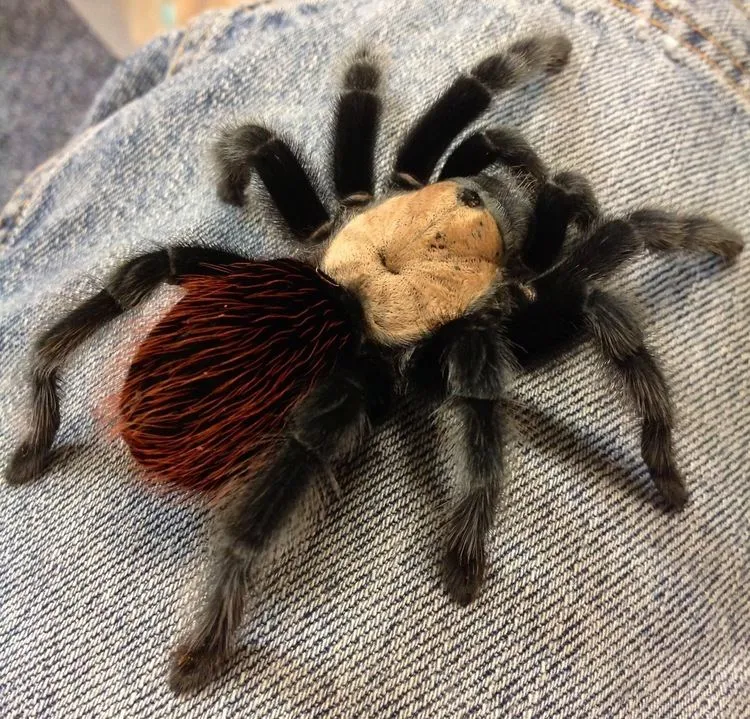
Before any handling attempt, always assess your tarantula’s current state. Look for signs of stress or aggression. A tarantula that is defensive might raise its front legs, exposing its fangs, or rear up in a threat posture. Additionally, if the tarantula flicks hairs, it is a clear sign that it feels threatened and should not be handled. A relaxed tarantula will appear calm, with its legs resting in a natural position, and showing no signs of agitation. Never force interaction; if your tarantula seems agitated, it’s best to leave it alone and try again another time when it is more relaxed. This ensures both your safety and reduces stress on the spider.
Essential Safety Precautions for Handling
Handling a Mexican Red Rump Tarantula requires adherence to strict safety protocols. These precautions are in place to prevent bites, which, while not usually life-threatening, can be painful, and to avoid triggering the spider’s defensive mechanisms. A bite can cause localized pain, muscle cramps, and other reactions, depending on the individual’s sensitivity. Furthermore, it is vital to handle these creatures with respect and care, ensuring the spider does not suffer any injury due to the interaction. Preparing your environment and equipping yourself appropriately is key to a safe and positive experience.
Preparing Your Handling Area
Before attempting to handle your Mexican Red Rump, prepare a safe handling area. This should be a clear, open space, preferably close to the ground or a soft surface. This minimizes the risk of injury if the tarantula falls. Ensure the area is free of any obstacles or hazards that could potentially harm the spider or impede its movement. A table covered with a soft cloth or a large, clear plastic container are good options. The primary goal is to create a secure environment where the tarantula can be easily observed and managed without risk of escape or harm. Make sure you can easily see your spider throughout the whole process.
Protective Gear for Handlers
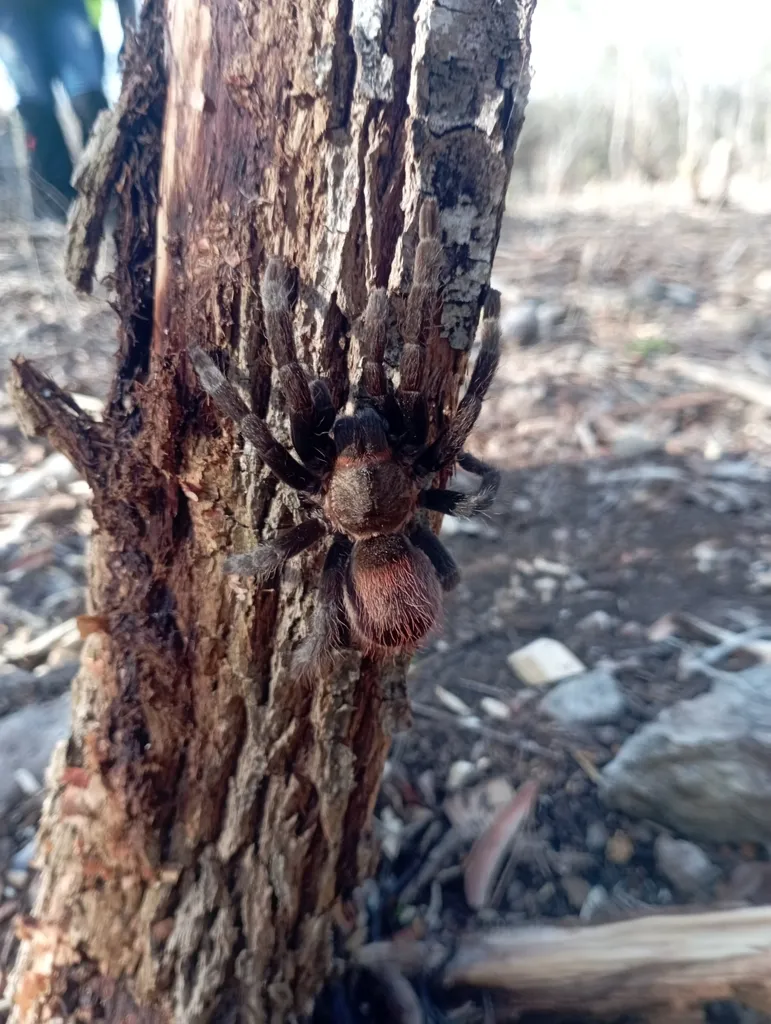
While handling Mexican Red Rumps, it is a good idea to wear protective gear. Although bites are rare, it’s wise to use a degree of protection. The most important item is a soft brush for guiding the tarantula. Avoid gloves, as they can reduce your dexterity and potentially startle the spider. Always wash your hands thoroughly before and after handling to avoid transferring any substances to the tarantula. Consider wearing long sleeves to protect your arms from urticating hairs. Although not foolproof, this minimizes the risk of irritation. Preparing yourself with these measures contributes to a more secure and comfortable handling experience for you and your pet.
Top 5 Tips for Handling Mexican Red Rumps
Handling a Mexican Red Rump Tarantula can be a rewarding experience when done properly. These top 5 tips will help ensure a safe and positive interaction for both you and your tarantula. They focus on gentle approaches, understanding the spider’s needs, and creating a calm environment. Following these guidelines will significantly reduce any risks and build a stronger bond with your pet. Careful handling not only keeps you safe, but also maintains the health and well-being of your tarantula. Remember to always prioritize the tarantula’s safety and comfort.
Tip 1 Approach with Patience
Approach your Mexican Red Rump Tarantula with patience and a calm demeanor. Avoid sudden movements or loud noises that could startle the spider. Speak softly and move slowly when opening the enclosure and interacting with the tarantula. Allow the tarantula to get used to your presence before attempting to handle it. This builds trust and reduces the likelihood of defensive behavior. Patience is the foundation of any successful handling session, ensuring that your tarantula feels safe and secure in your presence, making the experience more pleasant for both of you.
Tip 2 Use a Soft Brush to Guide
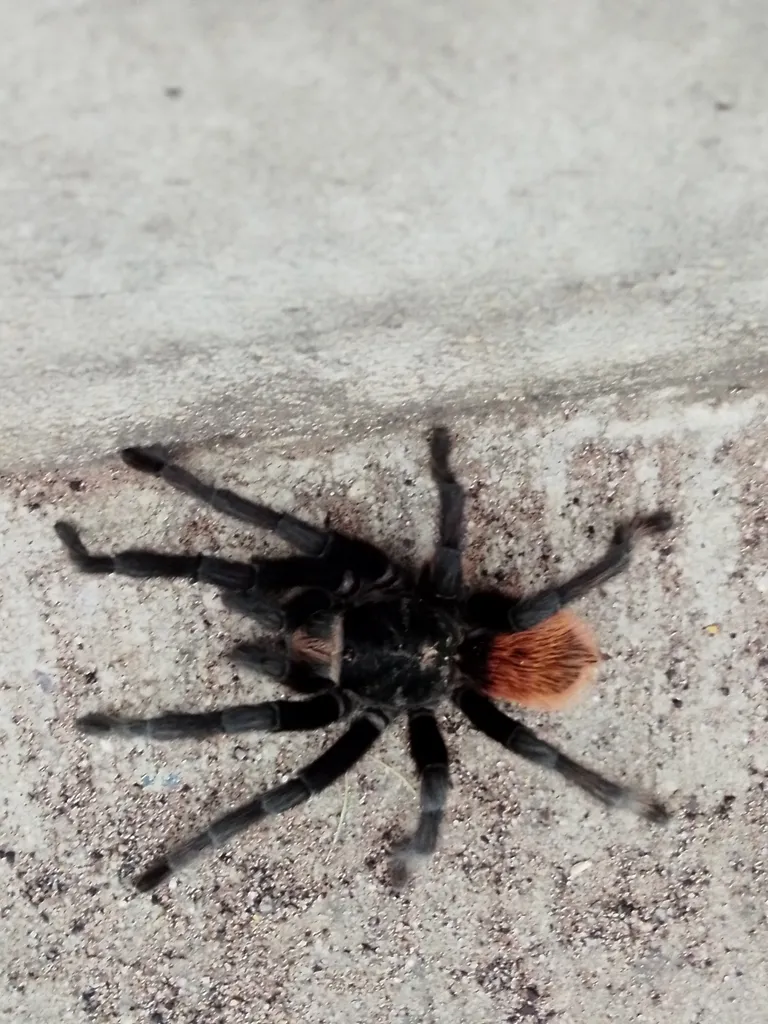
Instead of trying to pick up the tarantula directly, use a soft brush to gently guide it onto your hand. This method is less intrusive and gives the tarantula a sense of control. Gently stroke the tarantula’s legs or body with the brush, encouraging it to move in the desired direction. This is particularly helpful when you want the tarantula to walk onto your hand. Avoid touching the spider directly unless absolutely necessary, and never try to force it to move. This technique minimizes stress and allows the tarantula to choose when and how it wants to interact.
Tip 3 Avoid Sudden Movements
Sudden movements are a tarantula’s worst enemy. They can be perceived as threats and trigger a defensive response. When handling your Mexican Red Rump, move slowly and deliberately. Avoid jerking your hand or making any quick changes in position. Keep your movements predictable, so the tarantula feels secure. Be aware of the tarantula’s movements and react accordingly, ensuring it doesn’t feel trapped or cornered. Slow, steady actions will significantly increase the chances of a calm and uneventful handling experience for both you and your pet.
Tip 4 Handle Over a Soft Surface
Always handle your tarantula over a soft surface, such as a bed, a couch, or a table covered with a soft cloth. This precaution minimizes the risk of injury if the tarantula were to fall. Even though Mexican Red Rumps are relatively hardy, a fall from a height can still result in injury. The soft surface provides a gentle landing, reducing the chances of damage. This simple step adds an extra layer of safety and gives you peace of mind while handling your tarantula. It shows that you care about the well-being of your pet.
Tip 5 Know When Not to Handle
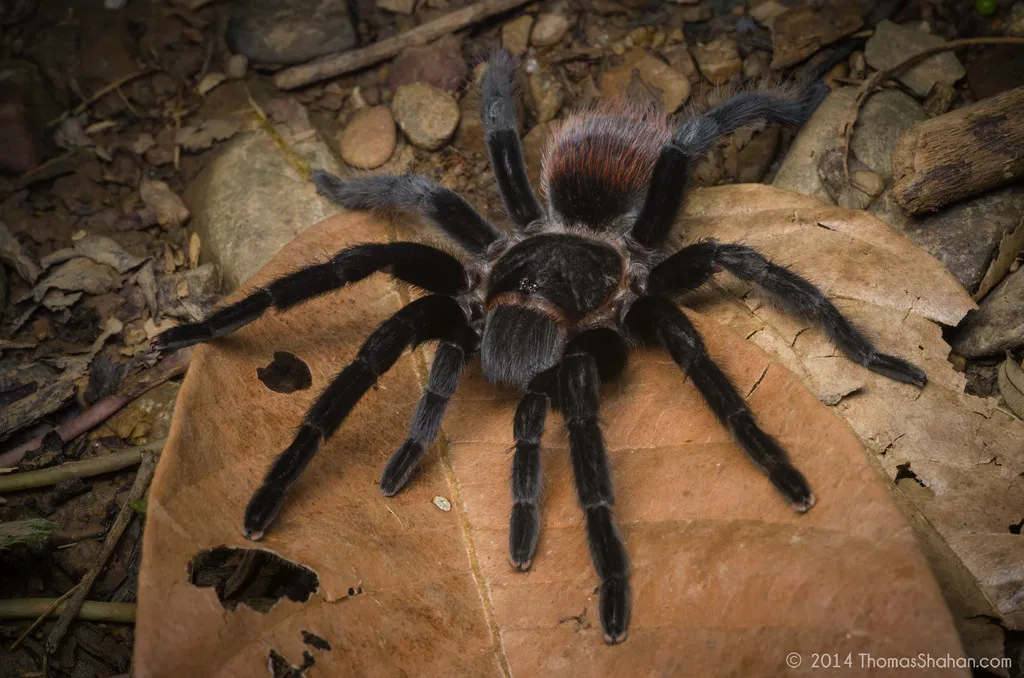
Recognize the signs that indicate you should not handle your Mexican Red Rump. If the tarantula displays signs of stress, such as rearing up, exposing its fangs, or flicking hairs, it’s best to leave it alone. Similarly, avoid handling during or shortly after molting, as the tarantula’s exoskeleton is soft and vulnerable. Do not handle a tarantula if you are feeling stressed or hurried; your anxiety can transmit to the spider. The safety and well-being of your tarantula should always be your top priority; knowing when not to handle is just as important as knowing how to handle.
Post-Handling Care and Observation
After handling your Mexican Red Rump Tarantula, it’s important to take a few steps to ensure both your safety and the tarantula’s health. This post-handling care involves inspecting the spider for any signs of injury and cleaning up the handling area to maintain a safe and sanitary environment. Careful observation and responsible actions after handling help in preventing any potential problems. These steps show your dedication to your tarantula’s well-being and contribute to a successful and enjoyable pet ownership experience. Good care promotes a long and happy life for your spider.
Checking for Any Injury to your Tarantula
Carefully inspect your tarantula after handling to ensure it has not sustained any injuries. Look for any damage to its legs, fangs, or abdomen. Also, check for any signs of urticating hairs being released. If you notice any injuries, consult with a veterinarian or an experienced tarantula keeper. Early detection and appropriate care are vital for the spider’s recovery. Addressing any problems promptly helps prevent further complications and ensures the tarantula’s health. Proper examination and intervention guarantee the spider a healthy life.
Cleaning and Sterilizing after Handling
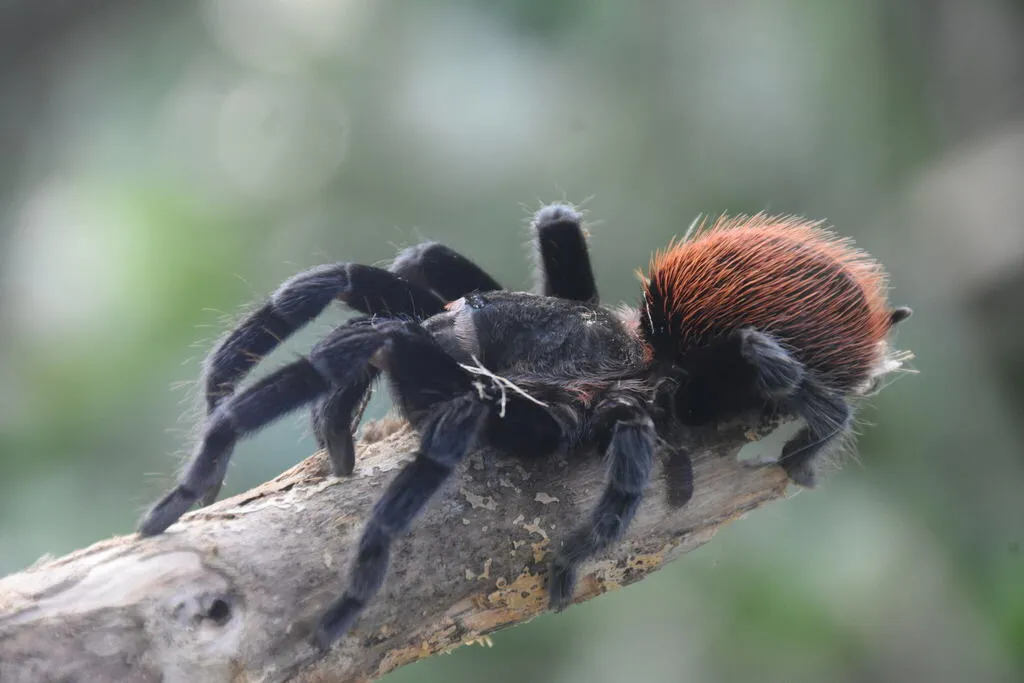
After handling, thoroughly clean and sterilize the handling area to remove any potential contaminants. This will reduce the risk of spreading bacteria or pathogens. Wash your hands thoroughly with soap and water, both before and after handling, to prevent any transfer of substances that could be harmful to the spider. Cleaning and sanitizing the handling area, and your hands, are important steps in maintaining a healthy and safe environment for both you and your Mexican Red Rump. These simple practices go a long way in ensuring the wellbeing of your pet.
